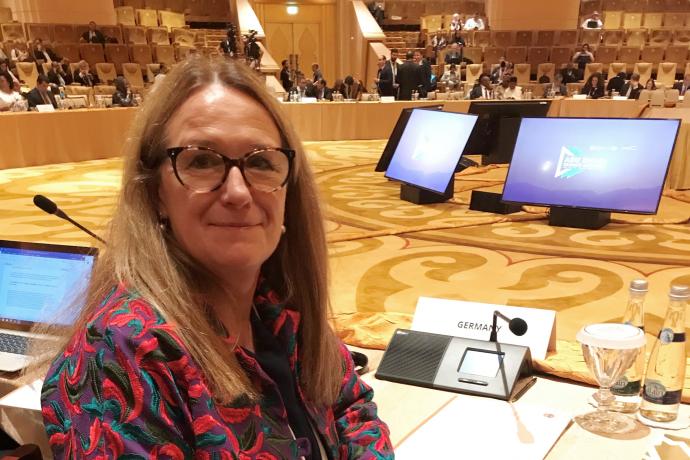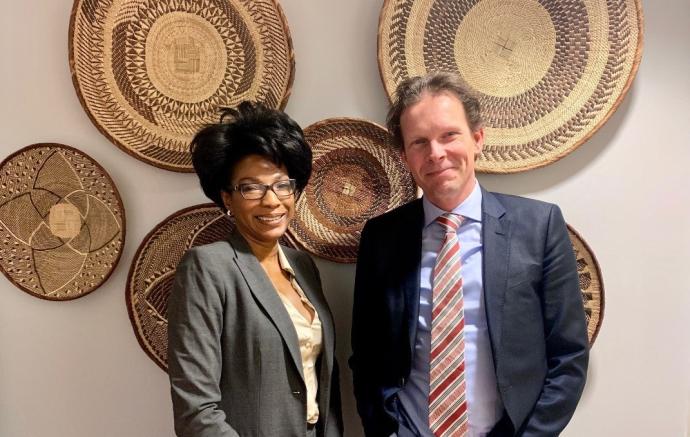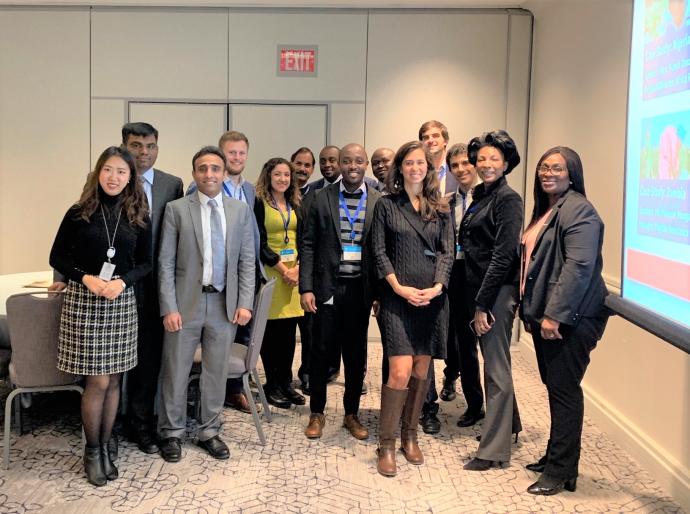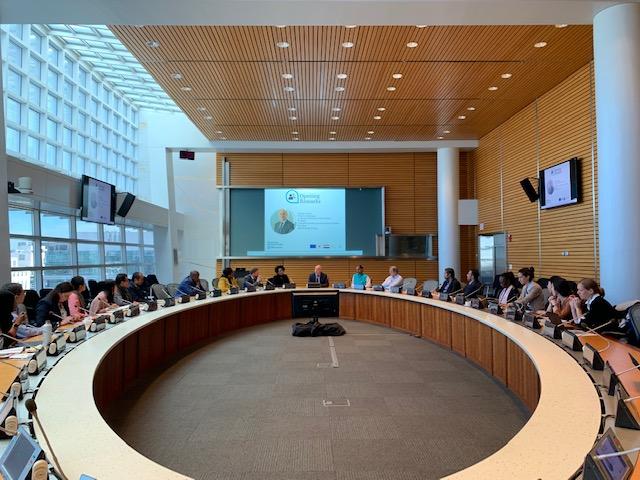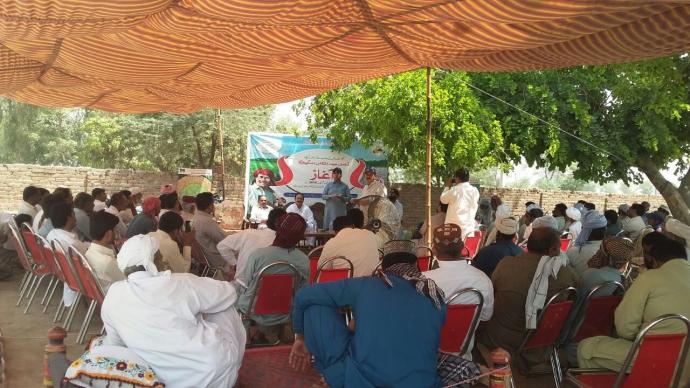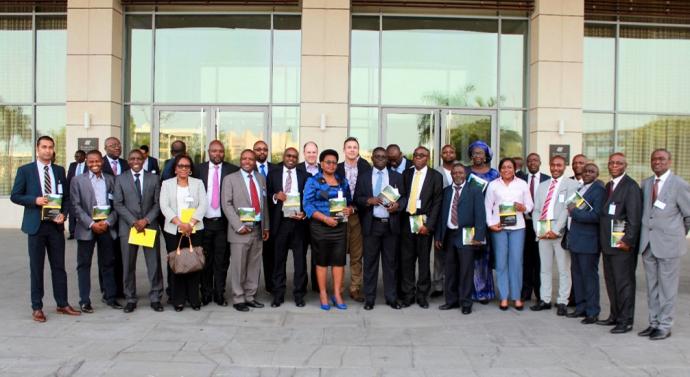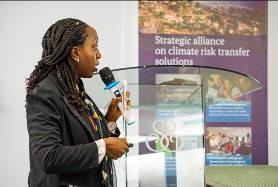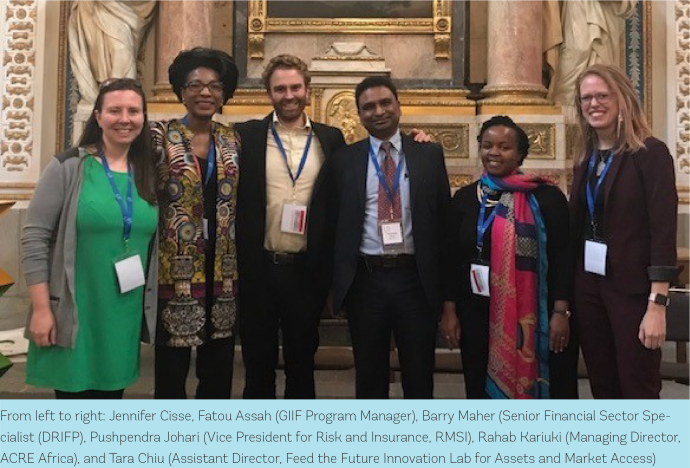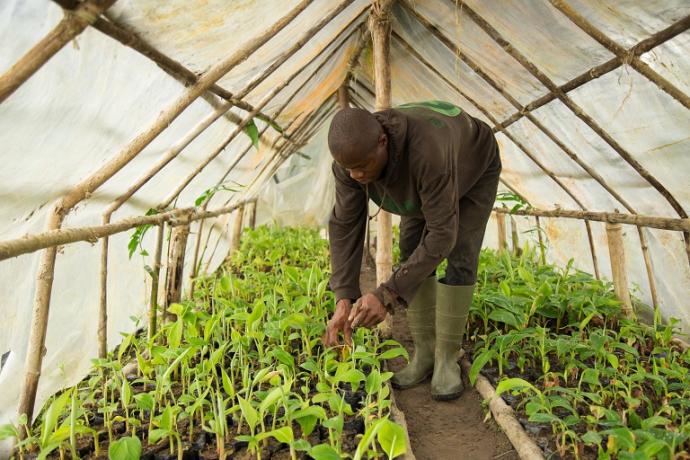21
Apr
Ingrid-Gabriela Hoven, Director General at Germany’s Federal Ministry for Economic Cooperation and Development (BMZ) reflects in an interview with GIIF on Germany’s commitment to fight climate change . At COP25, Germany pledged more than EUR 100million to support climate risk finance and insurance solutions under the InsuResilience Global Partnership, EUR10million of which are to support GIIF in 2020-2022. GIIF: What do you think about the outcome of the most recent COP25 in Madrid? COP25 stayed well behind expectations as it did not deliver concrete results in many crucial areas. Several

